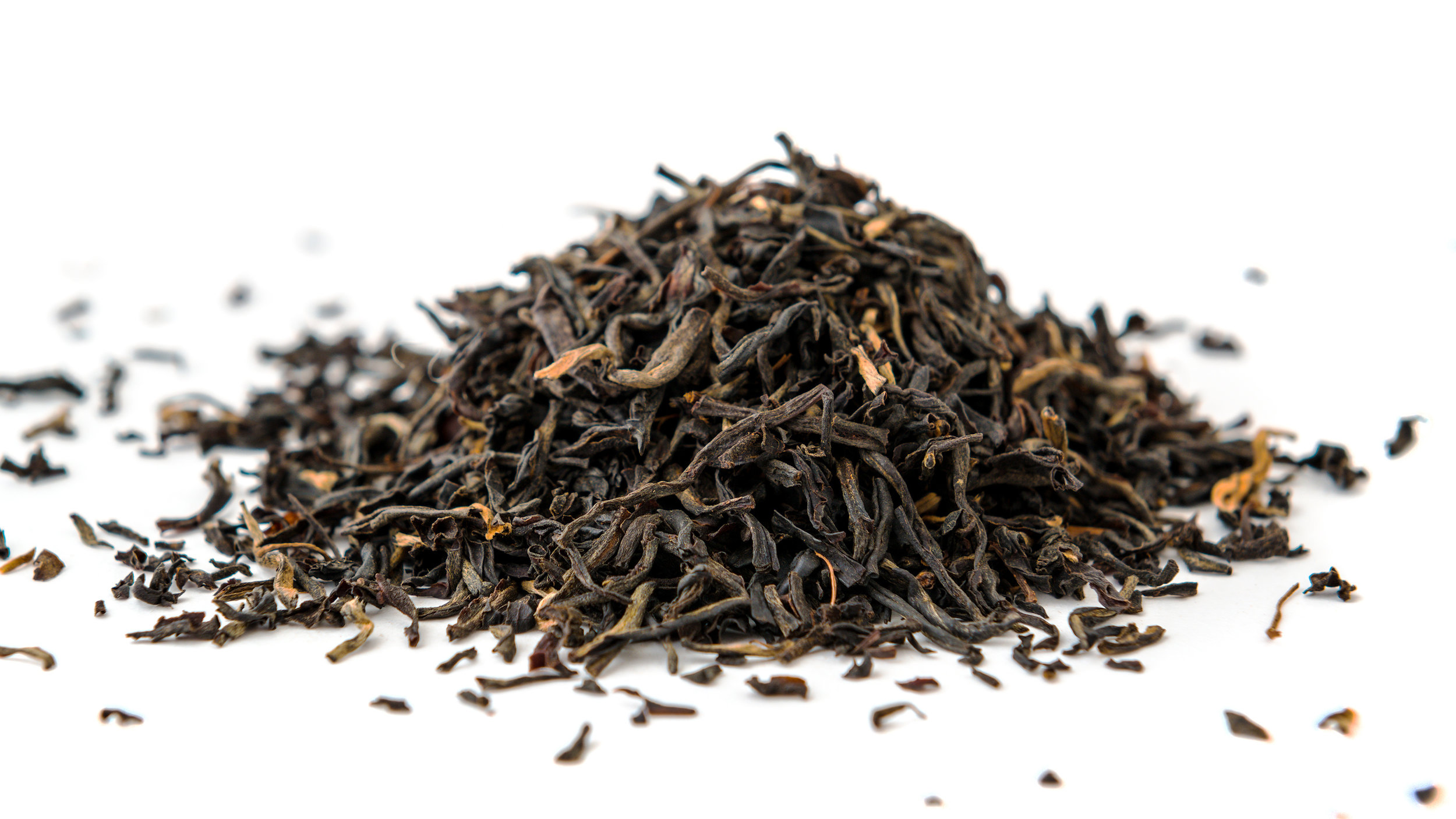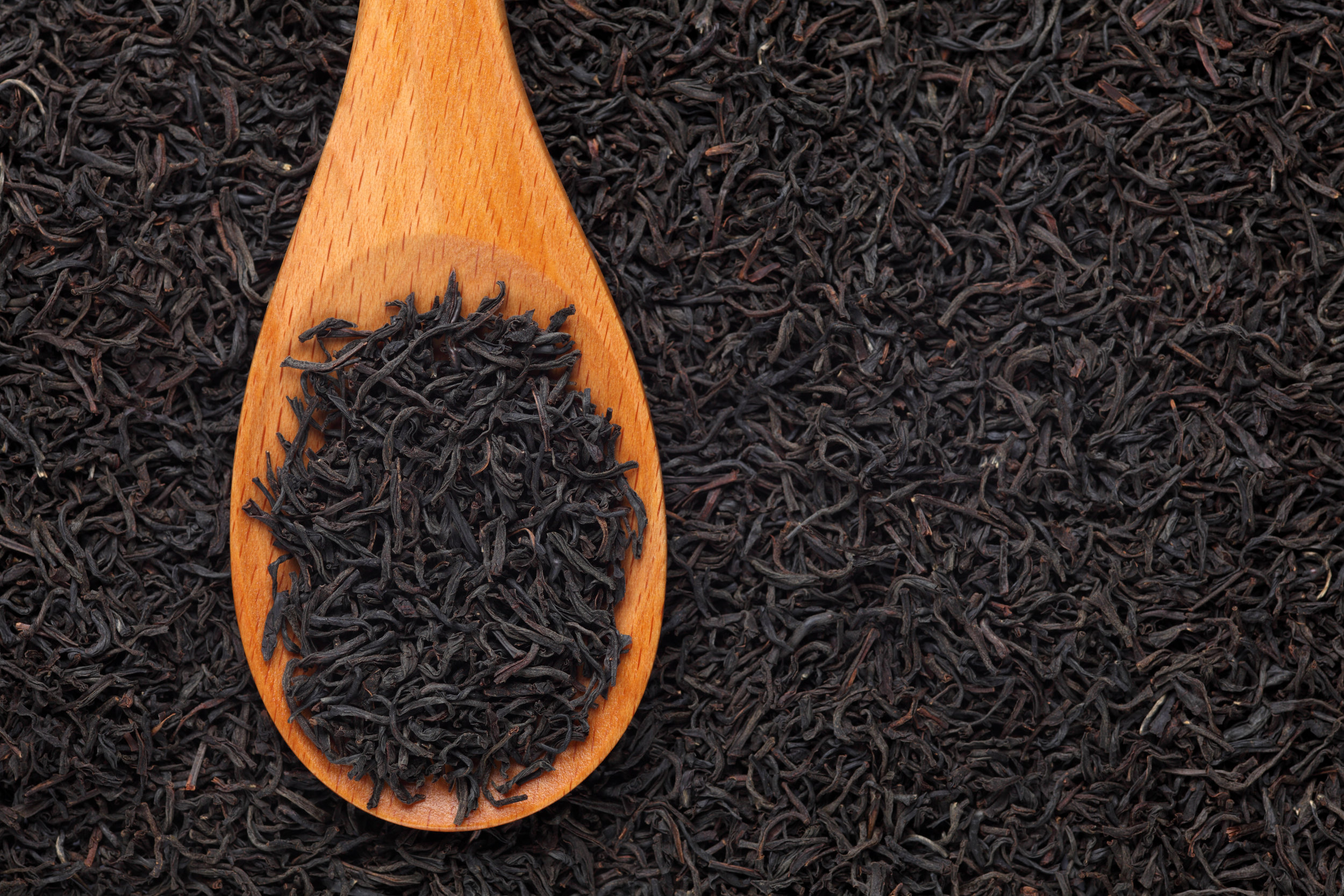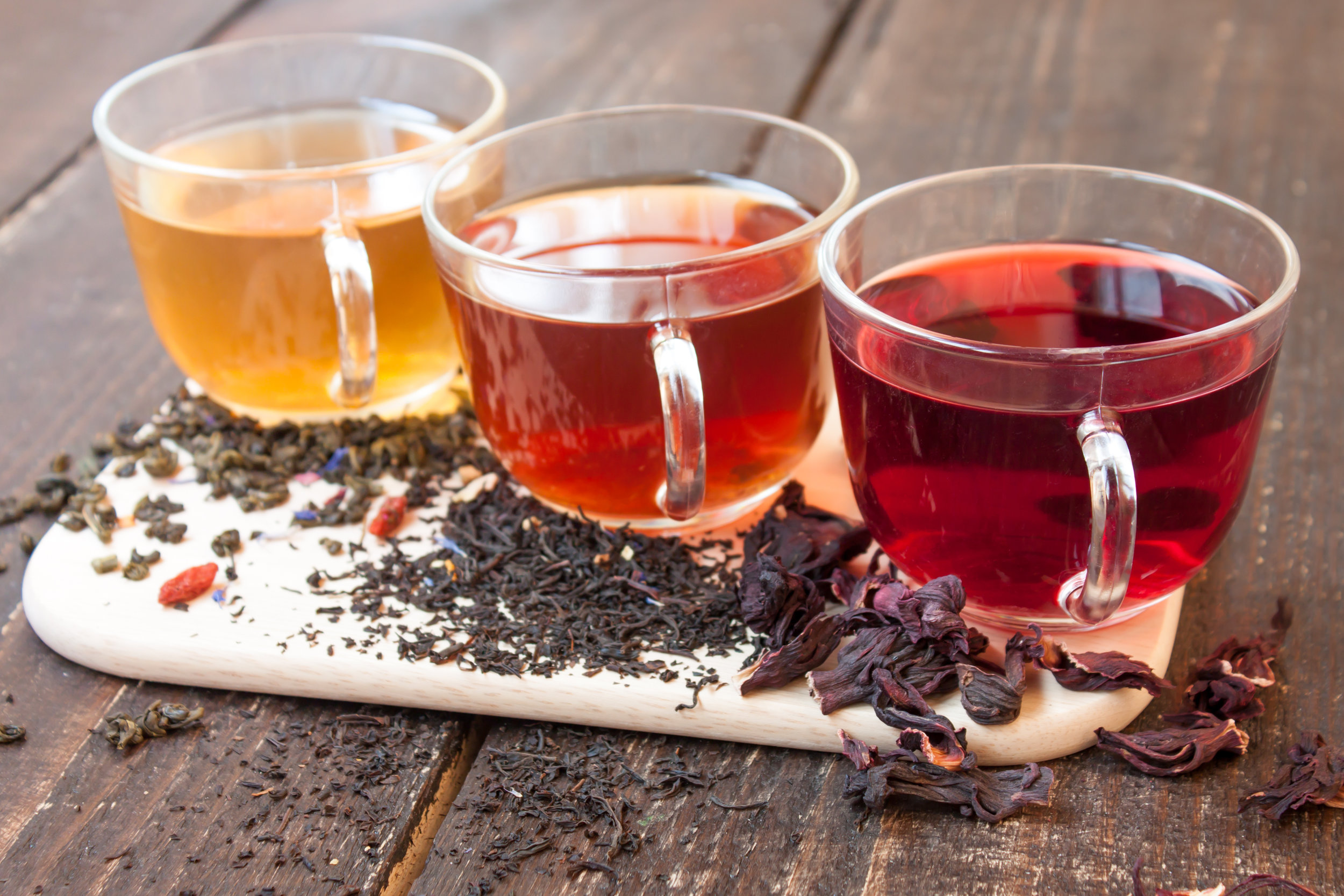Black Tea
Black Tea is produced from the tea bush Camellia Sinensis, a perennial evergreen shrub. Generally, unblended black teas are named after the Tea Factory from where they are produced (Makomboki Tea Factory) or from the region in which they are produced (Assam Tea, India). Often, different regions are known for producing teas with characteristic flavours, an example of this would be Darjeeling Tea. Black tea has a long history of use dating back to China approximately 5,000 years ago.
Black tea is a source of caffeine, a methylxanthine that stimulates the central nervous system, relaxes smooth muscle in the airways to the lungs (bronchioles), stimulates the heart, and acts on the kidney as a diuretic (increasing urine). One cup of tea contains about 50 milligrams of caffeine, depending on the strength and size of the cup (compared to coffee, which contains 65 to 175 milligrams of caffeine per cup). Tea also contains polyphenols (catechins, anthocyanins, phenolic acids), tannin, trace elements, and vitamins.
The tea plant is native to Southeast Asia and can grow up to a height of 40 feet, but is usually maintained at a height of two to three feet by regular pruning. In Darjeeling the first spring leaf buds, called the "first flush", are considered the highest-quality leaves. When the first flush leaf bud is picked, another one grows, which is called the second flush , and this continues until an autumn flush . In Assam the Second Flush is considered to produce the best quality teas, this normally happens from mid May each year depending on climactic conditions. The older leaves picked farther down the stems are considered to be of poorer quality. Only top quality tea is produced by plucking the youngest first two leaves and bud from the tea bush.




